The Art Nouveau Movement—which we translate as "The New Style" or "The Modern Style"—came on the heels of the Nineteenth Century's "Great Leap Forward." It was a time of progress and increased understanding of science, discovery and critical understanding. At the Turn-of-the-Twentieth-Century, industry boomed. The Middle Class grew. And more people (for the first time) had a little extra money to spend on luxuries, rather than spend every last penny on necessities. This expansion of wealth and markets had an enormous effect on artists, designers, and those who employed them to create and produce merchandise for a growing Middle Class. Whereas, in the past, artists were "commissioned" to work for the "very few, very rich" patrons, artists were now employed by industrialists who were producing coveted goods for a broader audience (and often using modern industrial mass production methods to lower costs and increase output).
The English naturalist, Charles Darwin (1809-1882), was a key figure in Nineteenth Century scientific understanding. His book, On the Origin of Species (1859), was controversial (though nearly universally-accepted). It sent shockwaves throughout the scientific, clerical, political and (even) artistic worlds.
In the late Nineteenth Century and the early Twentieth Century, designers encouraged an infestation of "creepy crawly creatures" as decorative elements. Even in rarified circles, one might see a wealthy doyenne with a Cartier spider brooch on her lapel (diamond-encrusted, of course). Tiffany made hammered silver tea services crawling with beautifully-sculpted bugs, birds and fish. French Gallé glass vases also were decorated with crawling lizards, unchanged since prehistoric times.
The Danish Art Nouveau vase, shown here, was made by Ipsen in Copenhagen. Rasmus Peter Ipsen (1815-1860) was born on the island of Bornholm, part of Denmark. As a teen, he worked in construction and carried bricks but it was too hard on his body. He was hired as an apprentice at Royal Copenhagen where he flourished. In 1843, at the age of 28, he had married his wife, Louise Ipsen, and they had opened their own ceramics workshop in Copenhagen. They produced Neo-Classical urns and vases, in the Greek Manner, and were inspired by the great Neo-Classical Danish sculptor, Bertel Thorvaldsen (1770-1844).
The company hired many outside artists (sculptors, ceramicists, silversmiths) to design products for them, including some of the great names in Danish design: Georg Jensen, Kai Nielsen, Just Andersen, Axel Salto, Bode Willumsen, Arne Bang. When Peter Ipsen died at the early age of 45, his wife, Louise, took over the company, joined by their son, Bertel, a few years later.
The black terracotta vase, shown above, was made by Ipsen in the late Nineteenth Century. It shows a fantastical winged dragon stalking an unsuspecting (though, well-armed) scarab beetle. The piece very much tickled the era's fascination with evolution and all things prehistoric, creepy and crawly. It is as much a piece of sculpture as it is a vase. Click on the photo above to learn more about this impressive vase.
Though our Greenwich Village store is now permanently closed, LEO Design is still alive and well! Please visit our on-line store where we continue to sell Handsome Gifts (www.LEOdesignNYC.com).
To arrange a visit our Pittsburgh showroom (by private appointment only), please call 917-446-4248.



